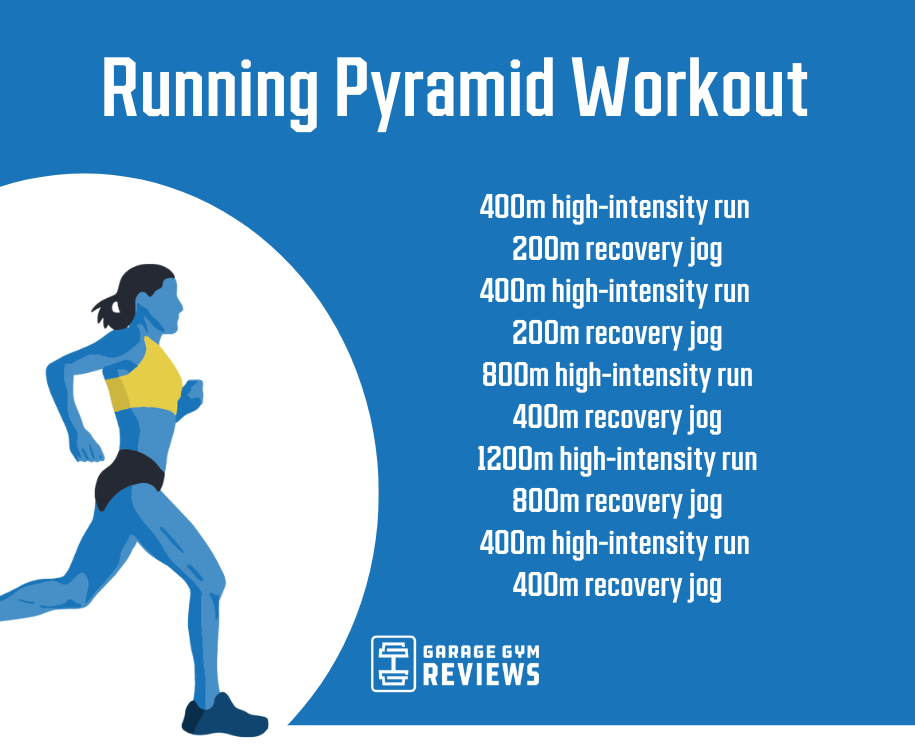Running Workout Tips: Enhance Your Efficiency Today
Running Workout Tips: Enhance Your Efficiency Today
Blog Article
Taking Care Of Usual Running Discomforts: Reasons, Solutions, and Prevention
As runners, we frequently come across numerous discomforts that can prevent our efficiency and satisfaction of this physical task. By discovering the origin factors for these operating discomforts, we can reveal targeted remedies and preventative actions to ensure a smoother and more fulfilling running experience.
Common Running Discomfort: Shin Splints
Shin splints, an usual running pain, frequently result from overuse or improper shoes during physical task. The repeated tension on the shinbone and the cells connecting the muscles to the bone leads to swelling and pain.
To stop shin splints, people need to gradually increase the intensity of their workouts, wear suitable footwear with appropriate arch support, and preserve versatility and stamina in the muscle mass bordering the shin (running strategy). Furthermore, integrating low-impact tasks like swimming or cycling can assist preserve cardiovascular fitness while allowing the shins to heal.
Common Running Discomfort: IT Band Disorder
In enhancement to shin splints, an additional widespread running discomfort that athletes typically experience is IT Band Syndrome, a condition triggered by swelling of the iliotibial band that leaves the outer thigh and knee. IT Band Disorder typically shows up as discomfort outside of the knee, particularly during tasks like running or biking. The iliotibial band is a thick band of fascia that links the hip to the shin, and when it becomes swollen or limited, it can scrub against the upper leg bone, causing discomfort and pain.
Joggers experiencing IT Band Syndrome might notice a painful or hurting feeling on the external knee, which can worsen with ongoing task. Elements such as overuse, muscular tissue imbalances, incorrect running kind, or inadequate workout can add to the development of this condition.
Usual Running Pain: Plantar Fasciitis

Plantar Fasciitis can be credited to various elements such as overtraining, incorrect footwear, operating on tough surface areas, or having high arcs or level feet. To avoid and reduce Plantar Fasciitis, runners can incorporate stretching exercises for the calves and plantar fascia, wear helpful footwear, maintain a healthy weight to decrease strain on the feet, and slowly enhance running intensity to avoid sudden tension on the plantar fascia. If signs persist, it is recommended to speak with a health care expert for proper diagnosis and therapy alternatives to resolve the problem successfully.
Typical Running Pain: Runner's Knee
After attending to the challenges of Plantar Fasciitis, an additional prevalent issue that runners usually encounter is Jogger's Knee, a common running discomfort that can prevent athletic performance and trigger pain during physical activity. Jogger's Knee, additionally known as patellofemoral pain syndrome, shows up as discomfort around or behind the kneecap. Runners experiencing this pain may really feel a plain, hurting pain while running, going up or down stairs, or after prolonged durations of resting.
Common Running Pain: Achilles Tendonitis
Typically affecting joggers, Achilles Tendonitis is an unpleasant condition that impacts the Achilles ligament, creating pain and possible limitations in physical activity. The Achilles tendon is a thick band of tissue that links the calf muscle mass to the heel bone, critical for tasks like running, leaping, and strolling - useful reference. Achilles Tendonitis usually develops because of overuse, inappropriate shoes, poor stretching, or sudden boosts in physical task
Signs And Symptoms of Achilles Tendonitis consist of discomfort and stiffness along the tendon, especially in the morning or after periods of inactivity, swelling that aggravates with task, and perhaps bone stimulates in persistent instances. To prevent Achilles Tendonitis, it is important to stretch correctly previously and after running, use suitable footwear with proper support, gradually enhance the intensity of exercise, and cross-train to reduce repetitive stress on the tendon. Therapy might entail remainder, ice, compression, altitude (RICE procedure), physical therapy, orthotics, and in severe cases, surgery. Early treatment and correct treatment are vital for handling Achilles Tendonitis successfully and avoiding long-term complications.
Verdict

Report this page